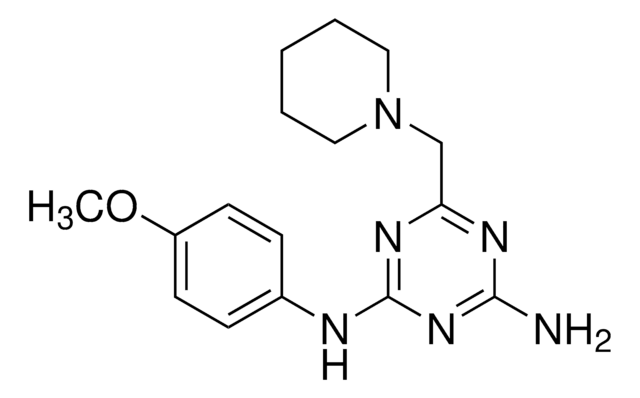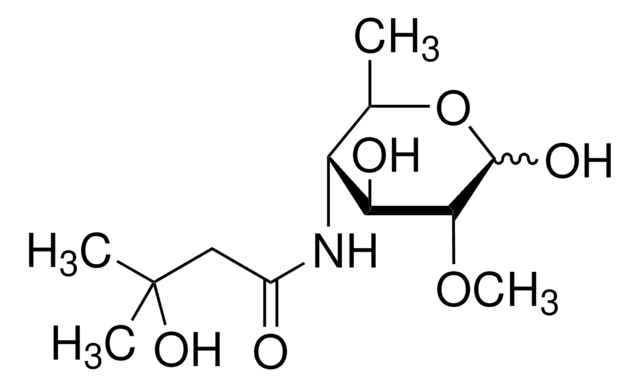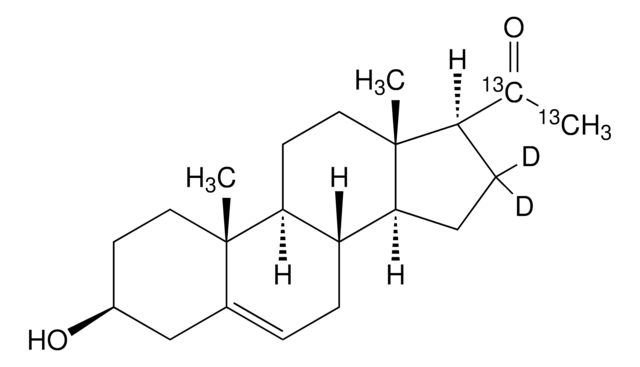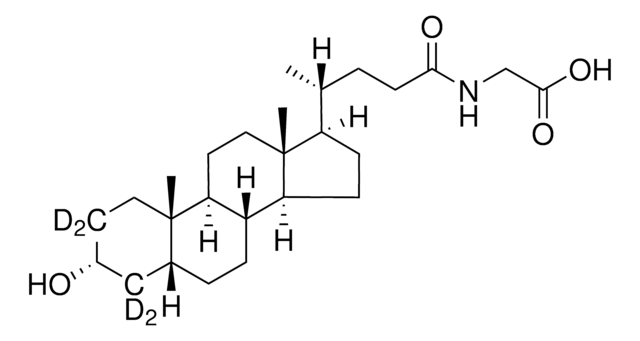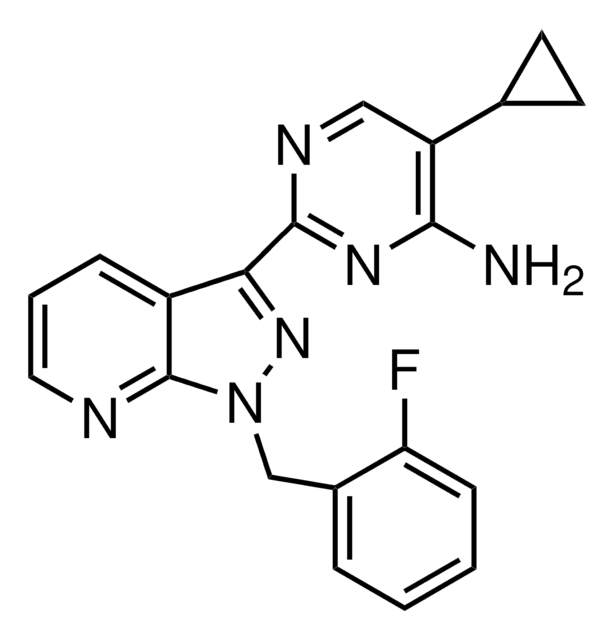5.31057
ETV1 Inhibitor, BRD32048
Synonym(s):
ETV1 Inhibitor, BRD32048, N-(4-Methoxyphenyl)-6-(1-piperidinylmethyl)-1,3,5-triazine-2,4-diamine, ER81 Inhibitor, ETV1-mediated Transcription Inhibitor, Transcription Inhibitor ETV1 Inhibitor
About This Item
Recommended Products
Assay
≥95% (HPLC)
Quality Level
form
powder
manufacturer/tradename
Calbiochem®
storage condition
OK to freeze
protect from light
color
off-white
solubility
DMSO: 100 mg/mL
storage temp.
2-8°C
General description
Please note that the molecular weight for this compound is batch-specific due to variable water content.
Biochem/physiol Actions
ETS family transcription factor ETV1
Packaging
Warning
Reconstitution
Other Notes
Legal Information
Storage Class Code
11 - Combustible Solids
WGK
WGK 3
Certificates of Analysis (COA)
Search for Certificates of Analysis (COA) by entering the products Lot/Batch Number. Lot and Batch Numbers can be found on a product’s label following the words ‘Lot’ or ‘Batch’.
Already Own This Product?
Find documentation for the products that you have recently purchased in the Document Library.
Our team of scientists has experience in all areas of research including Life Science, Material Science, Chemical Synthesis, Chromatography, Analytical and many others.
Contact Technical Service
